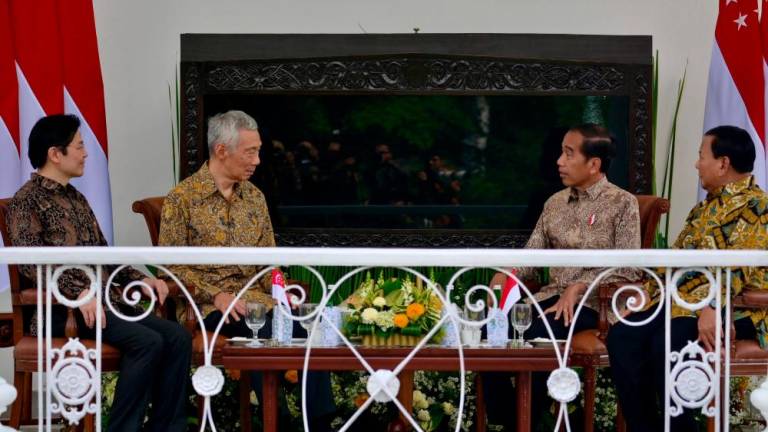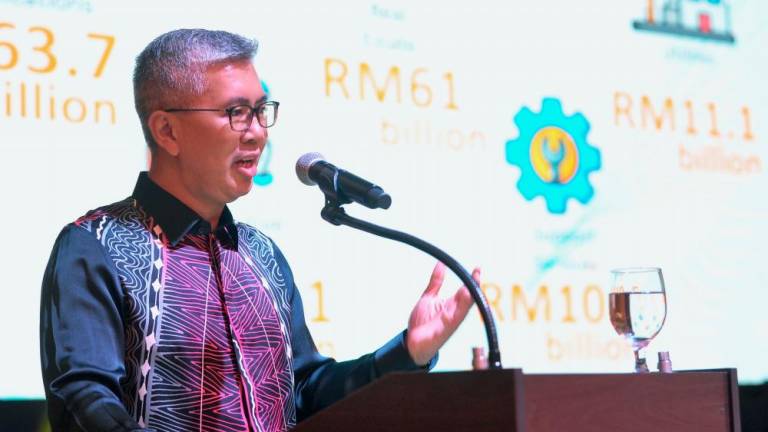KUALA LUMPUR: Ongoing coordinated efforts by government-linked companies, government-linked investment companies, corporates and businesses have strengthened the ringgit, Bank Negara Malaysia (BNM) said.
Since Feb 26, the ringgit has been the only regional currency that has strengthened against the US dollar, gaining 0.6%, it said, noting that it was discussed at the Financial Markets Committee (FMC) meeting on Monday.
The South Korean won, Thai baht, Indonesian rupiah, Chinese yuan and Singapore dollar have declined by 1.6%, 1.5%, 1.4%, 0.5% and 0.3%, respectively.
Across the same period, the average daily foreign exchange (FX) volume stood at US$17.6 billion compared to US$15.5 billion in 2023, said the central bank in a statement today.
FMC members noted that the higher FX conversion activities in the onshore FX market were driven by the significant flows arising from the coordinated efforts as well as opportunistic selling of US dollars by certain exporters.
The FMC viewed that the ongoing coordinated efforts can be sustained given that the focus is on investment income and export revenue which are recurring in nature.
“In addition, a more sustained ringgit strengthening could spur greater interest for FX conversion by corporates with excess foreign currency holdings, further supporting sentiment on the ringgit,” the statement said.
The meeting was particularly encouraged by BNM’s enhanced efforts to further promote FX conversion activities by Malaysian corporates and businesses.
FMC chairman and BNM deputy governor Adnan Zaylani stated: “The current ringgit level is deemed undervalued, particularly as Malaysia’s economic fundamentals continue to be strong and the economic prospect is positive.”
In response to lingering concerns among market participants, he reaffirmed that “BNM is not considering capital controls or restrictions like those introduced during the Asian Financial Crisis, taking into account the potential costs and impact to the economy”.
To recap, since the last FMC meeting on March 1, the movements of the ringgit and regional currencies continue to be driven by global factors, particularly uncertainties surrounding the timing and extent of interest rate adjustments by major central banks.
This was further evidenced by the stronger-than-expected United States labour market data last Friday, indicating a more resilient US economy, and thus increases the risk of the US Federal Reserve (Fed) maintaining interest rates “higher for longer”.
Nevertheless, the FMC meeting noted market expectations remain for the Fed to lower interest rates in the second half of 2024.
FMC members noted that the ringgit traded in an orderly manner this morning. It opened at RM4.7475 versus the greenback, the same level as Friday’s close, and moved in tandem with other regional currencies.
The FMC is a committee established by BNM in May 2016 and comprises representatives from BNM, financial institutions, corporations, financial service providers and other institutions which have prominent roles or participation in the financial markets. – Bernama











